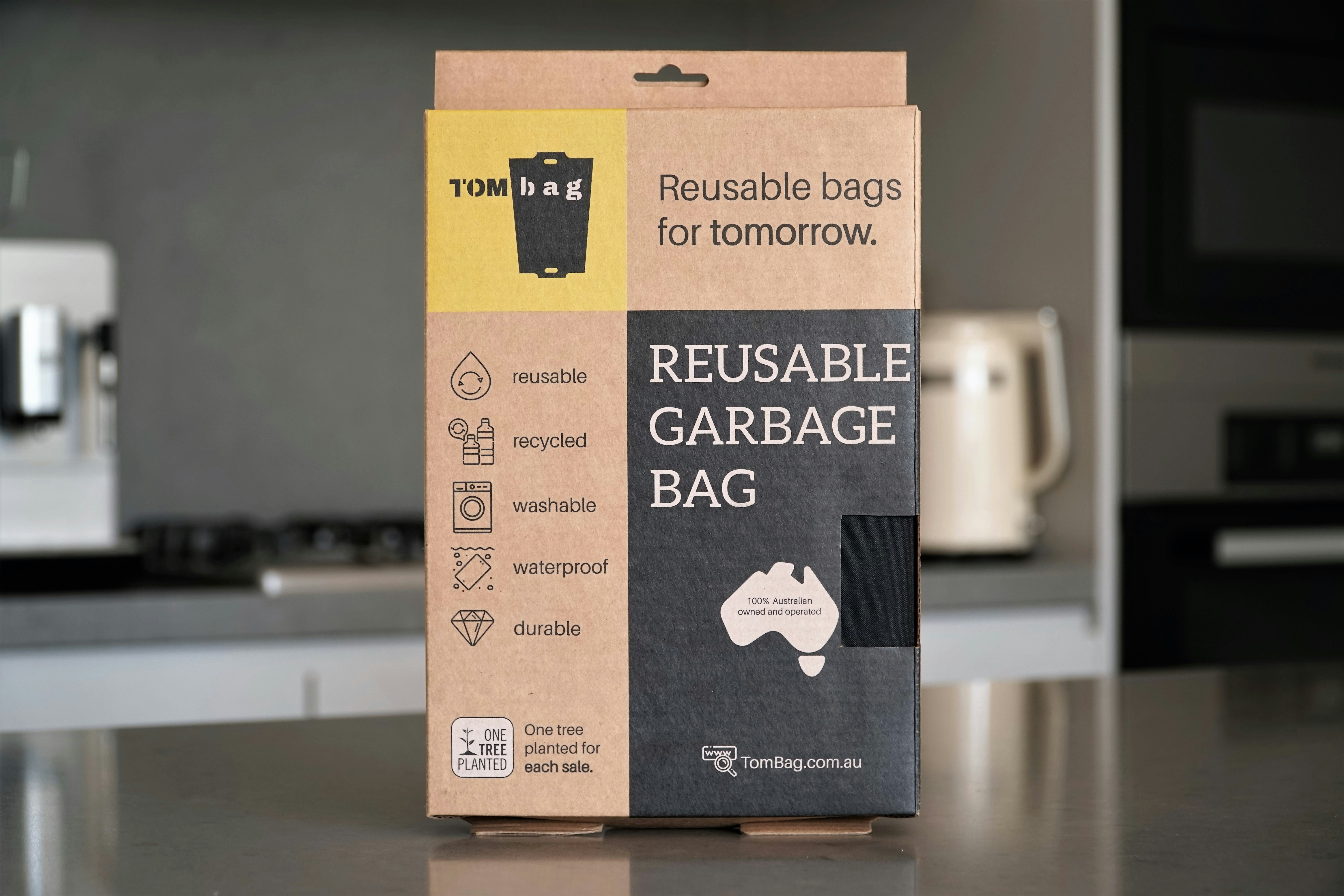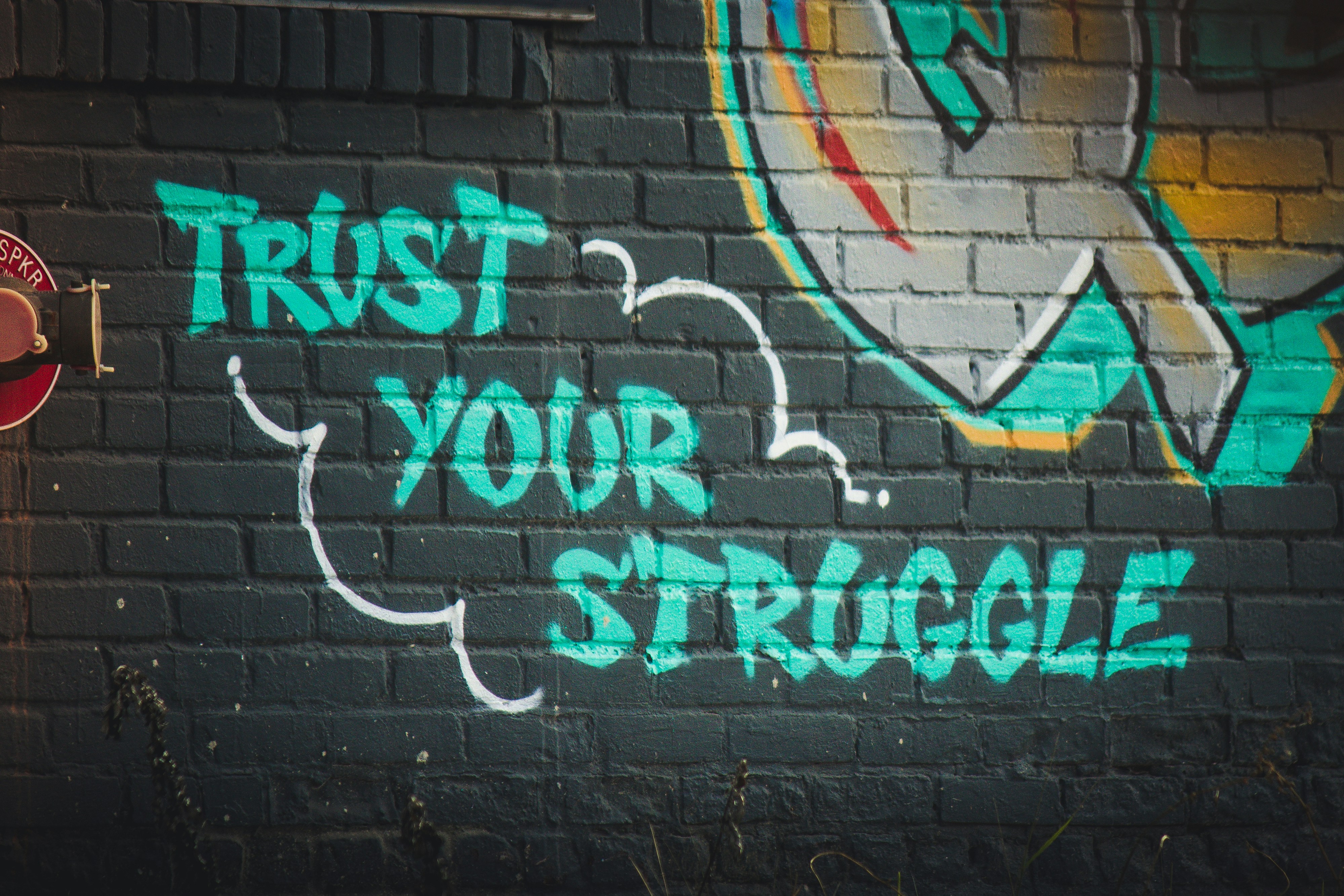Eco-Entrepreneurship: Build a Sustainable Brand That Shines
In an era where conscious consumerism is not just a trend but a necessity, eco-entrepreneurship has emerged as a compelling avenue for small businesses and startups. Crafting a sustainable brand identity that attracts conscious consumers involves more than just green products; it demands a profound commitment to ethical practices and innovative marketing strategies. This article delves into the art of eco-entrepreneurship, exploring practical steps to create a brand that resonates deeply with an audience increasingly concerned about environmental impact.
The Importance of Eco-Entrepreneurship
As we stand at a critical juncture in our planet's health, eco-entrepreneurship offers a beacon of hope. Research indicates that 66% of consumers are willing to pay more for sustainable brands, highlighting a growing demand for eco-friendly choices. Consumers today are not just looking for products; they want stories that reflect their values and align with their personal missions.
Eco-entrepreneurship empowers small businesses by enabling them to tap into this evolving consumer base while contributing positively to the environment. By intertwining their business goals with sustainable practices, entrepreneurs not only bolster their brand reputation but also foster loyalty among a community of like-minded individuals who value transparency and ethics.
Crafting Your Sustainable Brand Identity
Step 1: Define Your Core Values
Your brand’s identity begins with understanding its core values. Reflect on what sustainability means to you and how it can be integrated into your business model. Is it through using recycled materials, minimizing waste, or giving back to the community? For instance, Patagonia’s commitment to environmental activism effectively captures its audience's attention and trust.
In speaking about values, consider this analogy: Your values act as the compass guiding your business decisions. Ensure they resonate with both your mission and your consumer base. By clearly defining what your brand stands for, you set a strong foundation for your eco-entrepreneurial venture.
Step 2: Create Mission-Driven Narratives
Crafting compelling narratives is essential in building a connection with conscious consumers. Your business story must not only highlight what you do but also why you do it. Understandably, storytelling in the era of social media is crucial; creating engaging content around your brand’s journey can significantly enhance emotional resonance.
For example, Warby Parker uniquely narrates its vision of making eyewear affordable and accessible, framing a relatable journey that draws customers in. By sharing personal anecdotes, behind-the-scenes processes, and community impacts, your audience can see the human side of your brand, fostering deeper loyalty and trust.
Step 3: Design Eco-Friendly Packaging
Packaging is often the first point of contact consumers have with your product, making it a vital touchpoint for reinforcing your eco-brand. Consider innovative, sustainable packaging solutions that minimize waste and communicate your brand’s commitment to sustainability. Using biodegradable or reusable packaging not only reduces environmental impact but also enhances consumer perception of your brand.
UncommonGoods is an excellent example of this strategy, using recycled materials for packaging and thereby strengthening their appeal among environmentally conscious shoppers.
Marketing Your Sustainable Brand
Once your brand identity is established, it’s time to effectively communicate this to your target audience. Here are some strategies to help spotlight your sustainable values:
Utilize Digital Marketing Channels
SEO Smart Content Creation: High-quality content is your best friend. Create articles, guides, and videos that educate your audience about sustainability issues and how your products help mitigate them. Integrating relevant keywords can enhance your visibility. For further strategies on improving engagement, check out our piece on maximizing your online presence.
Engage on Social Media
Leveraging social media platforms to share stories, ideas, and updates strengthens your connection with consumers. Building a community around eco-conscious lifestyles can encourage organic conversations about your brand. Use platforms like Instagram and TikTok to showcase your sustainable practices creatively; think engaging reels, behind-the-scenes clips, and educational posts.
Foster Partnerships with Other Sustainable Brands
Networking with other eco-minded businesses can help amplify your reach. Collaborations foster storytelling and shared audiences, yielding mutual benefits. Imagine a partnership with local artisans to create sustainable gift bundles or eco-friendly influencer endorsements that can draw traffic to your site.
For instance, the collaboration of local farms with restaurants to offer farm-to-table experiences not only promotes community engagement but also demonstrates the ecological efficacy of collaborating over competition.
Measure Your Impact and Adapt
As your business grows, it's crucial to continually assess its impact on the environment and adjust strategies as necessary. Utilize customer feedback loops and embrace consumer insights to adapt your offerings. Transparency about your practices encourages trust and can position your brand as a leader in sustainable entrepreneurship.
Regular updates about your sustainability metrics can enhance brand loyalty. Customers appreciate knowing the environmental difference their purchases make. Embracing practices outlined in our article on harnessing customer feedback can provide ongoing insights into consumer values.
Building Trust and Credibility
Consumers are savvy; they conduct research before making purchases, looking for authentic practices and transparent reporting. Trust can be cultivated through consistent communication, visible sustainability efforts, and a commitment to ethical sourcing.
Engaging with Conscious Communities
Actively engaging with communities focused on sustainability can enhance brand visibility. Join forums, participate in local green initiatives, and offer workshops or talk opportunities at environmental events. This face-to-face interaction provides authenticity that digital communication might lack.
Consider incorporating local legends and narratives into your brand storytelling. Engaging with the community not only humanizes your brand but enables a deeper connection with potential customers. If you’re interested in practical steps to engage with your community, check out our article on cultivating community narratives.
Final Thoughts: Your Eco-Entrepreneurial Journey
Embarking on the path of eco-entrepreneurship is a journey filled with purpose. By crafting a sustainable brand identity, engaging authentically with your audience, and committing to ongoing impact assessment, you’ll not only attract conscious consumers but also contribute to healing our planet. Remember, eco-entrepreneurship isn’t a one-off endeavor; it thrives on commitment, adaptability, and a genuine desire to make a difference.
The heart of sustainable business lies not just in the products offered but in the values upheld and the connections formed. As you mold your eco-friendly brand, let authenticity guide your decisions, nurturing a community that appreciates your mission.
For further resources on enhancing customer loyalty and brand work, consider reading our article on crafting compelling origin stories to delve deeper into narrative-driven branding.















